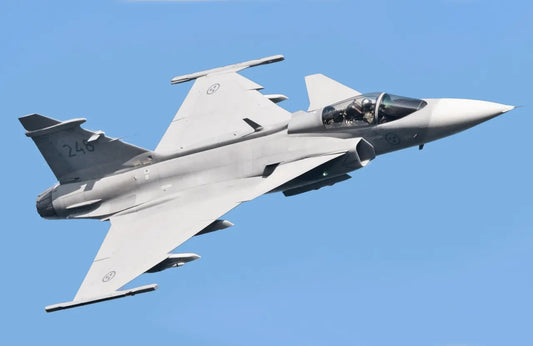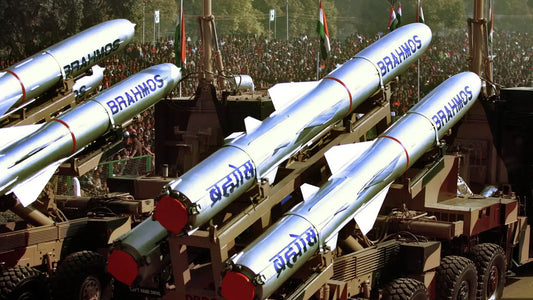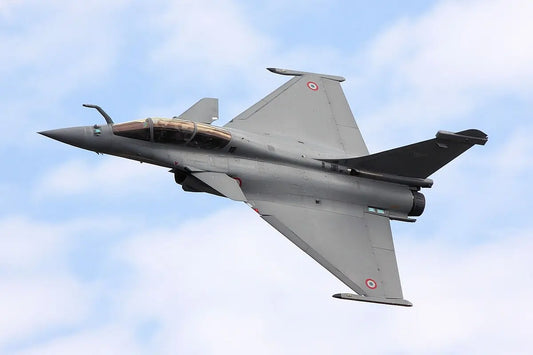US Reallocates Anti-Drone Systems from Ukraine to Middle East Amid Increased Threats

The United States has announced a significant change in its defense strategy, confirming the relocation of anti-drone systems from Ukraine to the Middle East. This decision was publicly confirmed by U.S. Secretary of Defense Peter Hegseth during an interview with Fox News. Hegseth justified the move as essential to protect American military personnel in a region facing increasing tensions.
Hegseth said, "I was at hearings in Congress all week. And I was asked: ‘Did you really transfer anti-UAV systems from Ukraine to the Middle East?’ I answered: ‘Yes, we did.’” He further explained the complexities involved in safeguarding American interests globally amid emerging threats. He noted that small systems could pose significant risks and emphasized the readiness of U.S. forces. He remarked on the rapidly changing nature of warfare, describing the situation as daunting but affirming confidence in the personnel deployed.
This strategic shift by the Pentagon comes against the backdrop of heightened security challenges in the Middle East, where U.S. military installations have reportedly experienced a surge in drone and missile threats, notably from groups backed by Iran, employing loitering munitions and Shahed-style unmanned aerial vehicles (UAVs).
Ukrainian President Volodymyr Zelenskyy has voiced concerns regarding this change. In an interview with ABC News, he confirmed that the U.S. will redirect 20,000 anti-drone missiles, initially promised to Ukraine, to support defense missions in the Middle East. These missiles were meant to aid Ukraine in confronting the ongoing threat posed by Iranian-manufactured Shahed drones utilized by Russian forces.
This reallocation of military assistance raises questions about the continuation of Western support for Ukraine amid its prolonged conflict with Russia. It also underscores the increasing need for adaptable air defense systems across various conflict areas, necessitating strategic adjustments by American defense officials.
The United States asserts that this decision is both temporary and tactical. However, Kyiv is urging immediate discussions to reassess the distribution of support, as Russian military actions persist in eastern and southern Ukraine.



















